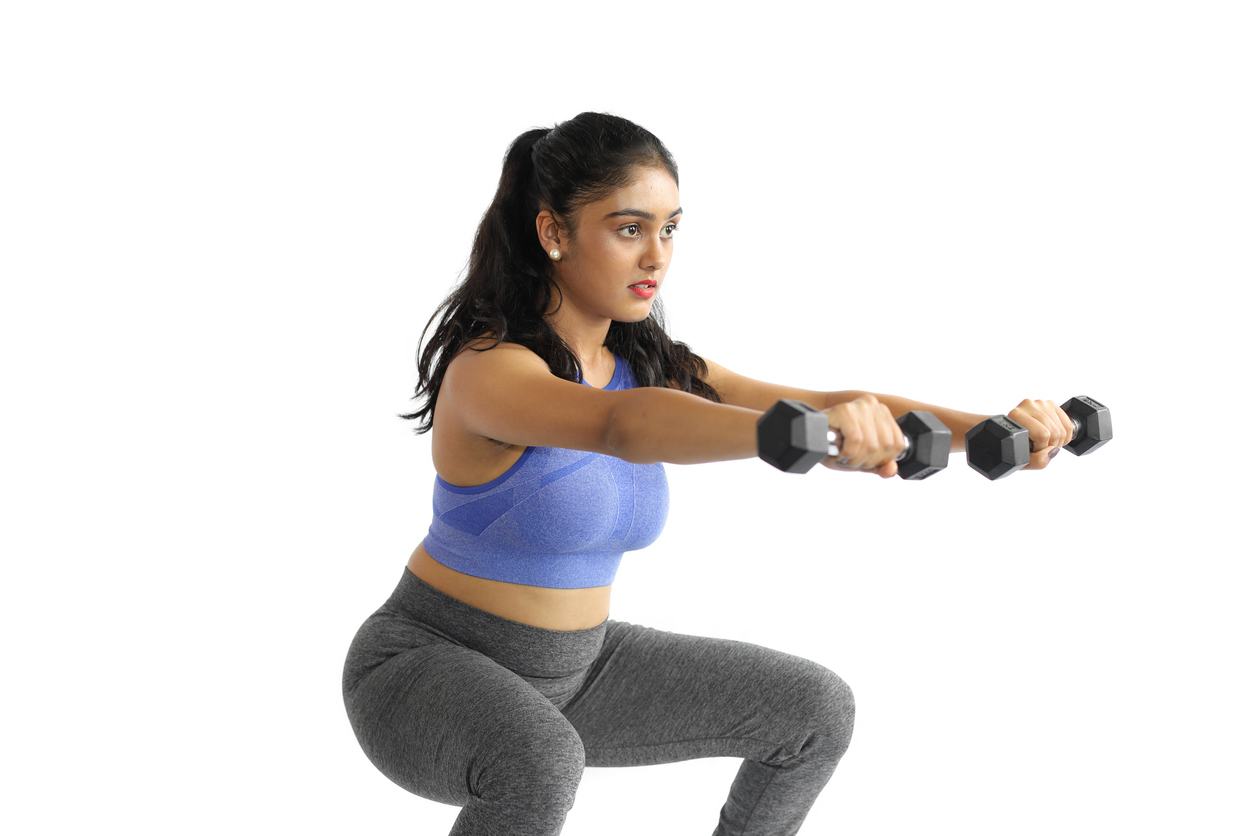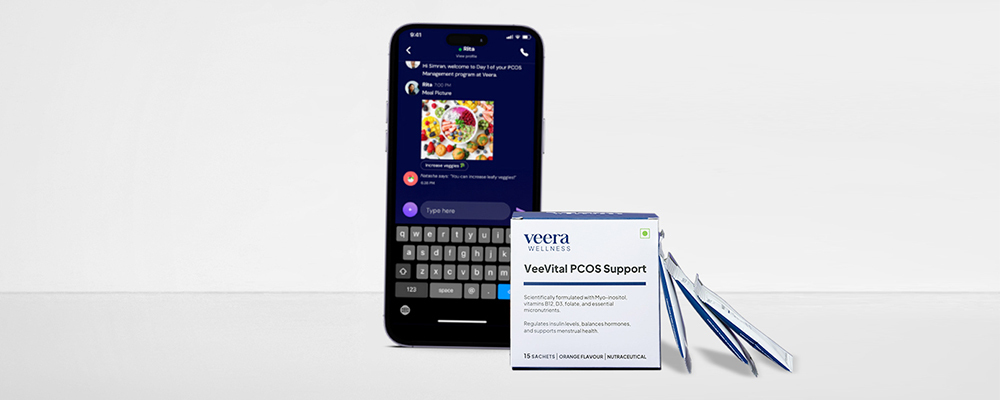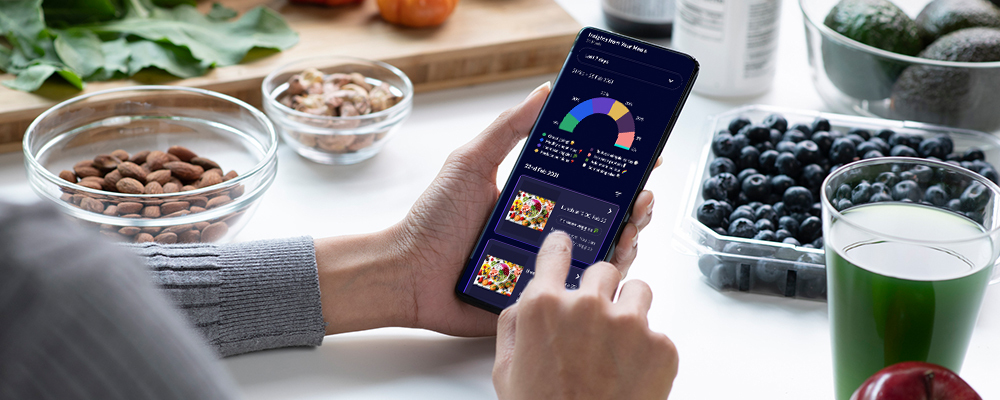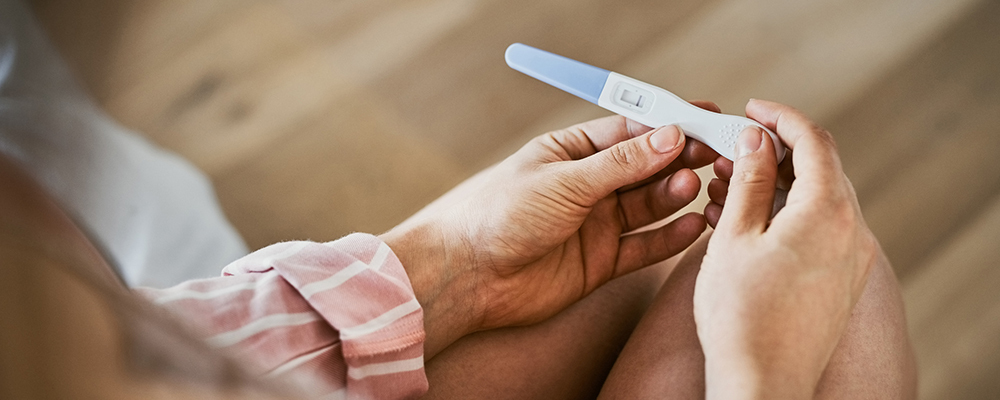If you have PCOS, you’ve undoubtedly already heard that managing your symptoms with diet and exercise is a fantastic idea. But what if you’re not sure where to start?
We frequently only lack the proper guidance to assist us in incorporating physical activity into our daily life. For example, you might think: “Am I exercising properly for PCOS? What happens if I’ve never exercised before? How do I even start?”
Take a deep breath; we have wonderful news for you—you are at the right spot! In this guide, we’ll explain in detail how to begin a movement practice that can help you reduce PCOS symptoms, regain energy, and feel better all around.
Working Out While Having PCOS
Let’s be clear about one thing before we continue: when you have PCOS, there is no one proper technique to include regular activity. For that matter, even when you don’t have PCOS! No one solution works for everyone because both your body and your preferences are individual. It all comes down to moving your body and doing what makes you feel good.
In light of the preceding, here is a well-designed beginner workout for people wishing to dip their toes into the fitness industry without making such a big impression that they never look back. Start gently and do what you can.
Step 1: Getting started!
What exactly makes a fitness plan (like the one below) particularly PCOS-friendly, even for those with lean PCOS? First, it is primarily made to target the big muscle groups because adding muscular growth can boost metabolism.
Cardio is included, which is crucial since it helps raise your endorphin levels (feel-good hormones) and helps lower stress, mood swings and anxiety. Anyone struggling with PCOS symptoms like insulin resistance, stress, despair, and anxiety can benefit from such benefits.
You can feel free to modify it as you would with any workout! Perhaps this is your first time exercising after a long, or maybe you require something more challenging.
- Play with reps! Although each exercise’s recommended number of repetitions is indicated, you should perform as many as necessary to make the last five feel extraordinarily challenging and demanding to complete while maintaining proper form. That might be 20 for some people and 10 or less for others. Or perhaps you don’t feel well one day and need a lighter start. Reduce the number of reps and go slowly as necessary by paying attention to your body.
- Weights or resistance bands can be added. The first band guideline is to check for rips and tears.
- Repeat, work up a sweat! Do this work out more than once if you want to increase the intensity. Try two or three times for a full 20-minute workout.
Step 2: The PCOS Exercise Program
Initially, stretch out your muscles! Start with the simplest movements and work your way up to the more challenging ones as you go as you perform the following moves for 1 minute:
- Walking in place
- Walk in place with high knees
- Jumping jacks
Once you’re stretched, we’ll start the workout! Let’s begin! Make sure to take a 20 seconds rest break after each exercise.
➢ 20 Knee Hugs – You’ll do 20 knee hugs for each leg.
➢ 20 Arm Circles
➢ 20 Squats – When doing your squats, ensure your knees are not in front of your feet. After 20 squats. You can increase the intensity by using weights or a resistance band. Be careful to push your bottom back, keep your chest open, and watch your knees never cross your toes. (Always maintain proper technique when using weights or resistance bands.)
➢ 20 High Knee Twists – Give yourself a 20-second break after each high knee twist.
➢ 20 Back Turns
➢ 20 Arm Circles – Recall the arm circles we performed at the start of this PCOS exercise. We’re circling our arms in the opposite direction this time, though! To increase the intensity, use light weights. Ensure your tailbone is aligned with your spine and that your shoulders remain squared.
➢ 20 More Squats
➢ 20 Side Bends – You can add a small weight for added intensity. But remember that your form shouldn’t suffer due to the extra weight; maintain square shoulders. Think about floating along a wall.
➢ 20 More High Knee Twists
You’ve completed your first circuit of the PCOS workout, so relax! If you feel up to another round, take at least a minute to stretch and breathe deeply before continuing.
How to Maintain a Workout Schedule
If you had a chance to exercise today, that’s fantastic. But, it would be even better if you worked out again tomorrow or the day after. So, please begin and maintain an exercise routine. (This is the aim!) If we could, we’d all like to exercise most days of the week. But it’s complicated. Numerous factors, including time, schedules, motivation, and how you’re feeling, may influence your goals. So, how do we create a plan and follow it? It’s not always the simplest to develop a habit of exercising; it takes some time and effort before it becomes routine.
Tip #1: Link Your Routines
According to several studies, connecting a new habit to an existing one is a beautiful method to start one. Consider the sentence, “Every time I __, I will ____,” as an example.
Imagine doing something you do every day while also getting some exercise. For instance, you might squat or wall sit while brushing your teeth. Next, you will perform 50 jumping jacks while you wait for the shower to warm up, then hold a plank for 20 to 30 seconds.
Tip #2: Balance Before Bed
Incorporating a yoga pose or balancing pose (like the tree pose) into your sleep routine is another suggestion for leading a more physically active lifestyle. Practice stillness in balance for a moment before getting into bed.
These positions encourage focus, integrate the mind and body, can aid in your evening relaxation and enhance your mood.
Tip #3: Get Your Groove On
Use music as motivation. Create an upbeat playlist! Include your favourite songs and only listen to them while exercising so that it feels like a prize. Your senses can be stimulated, and your mood can be elevated by music.
This is what’s most important:
Listen to your body, and do what feels good. If that’s running, run. If it’s a kickboxing class, kick it! Do some yoga if you feel like you need a refreshing day. Whatever you can fit into your hectic schedule and find enjoyable, whether it’s Zumba at home, riding your bike, weight training, or a spinning class, is best for you.
Congratulations if you’re starting your fitness adventure! Even if you’re unsure of where to begin, do something. The ideal starting point is the intention to move. Then, try new things, have fun, discover your interests, and consider adding new physical activities to your life (and enjoy doing).
An extra benefit? It’s likely that as your physical health improves, so will your mental health!
Numerous physical (and psychological) symptoms of PCOS like mood swings, stress and anxiety have been demonstrated to improve with exercise. So recognise that your efforts will eventually pay off.
You can control your symptoms and stop feeling that PCOS has power over you as soon as you take charge of your physical health and wellness.




















